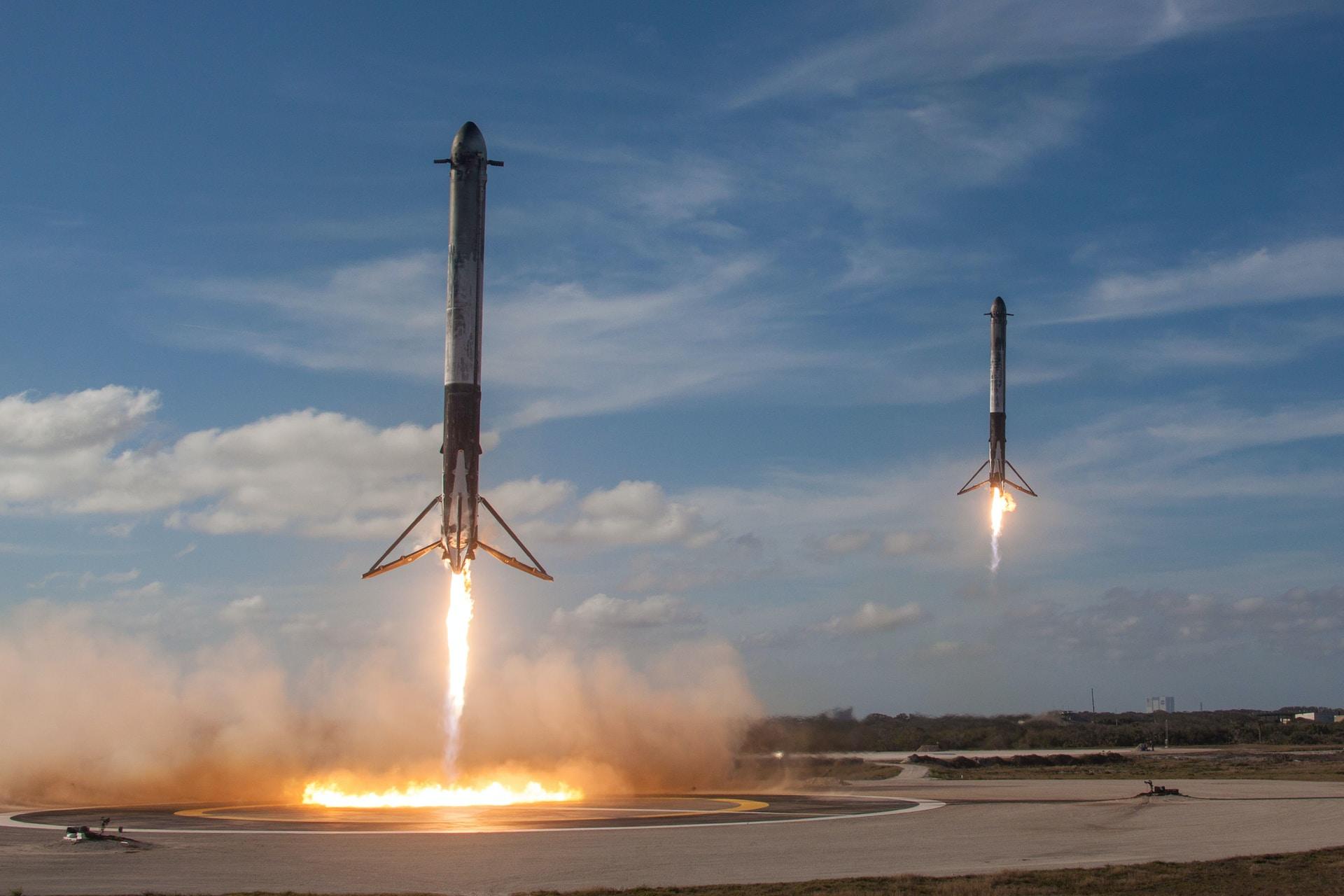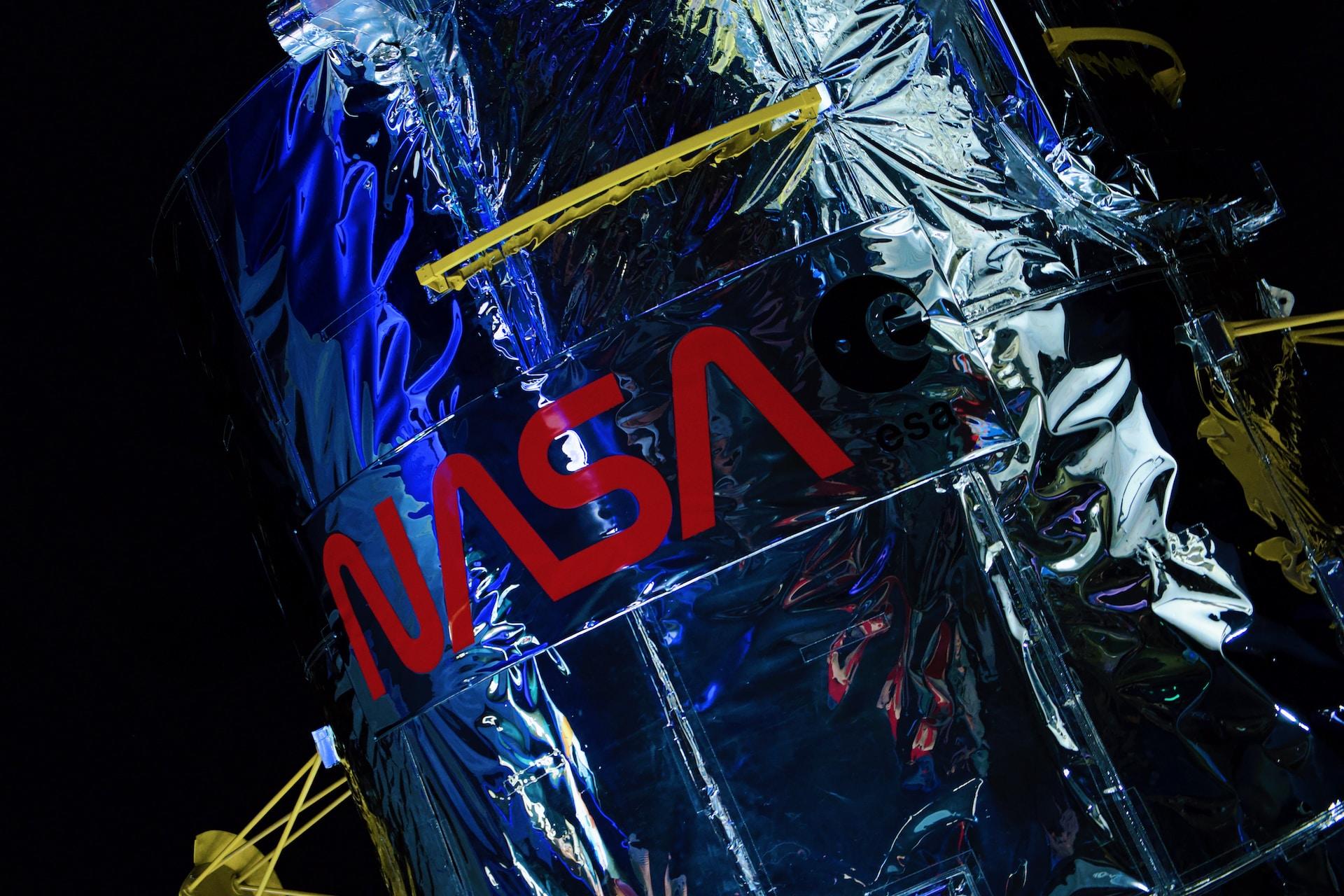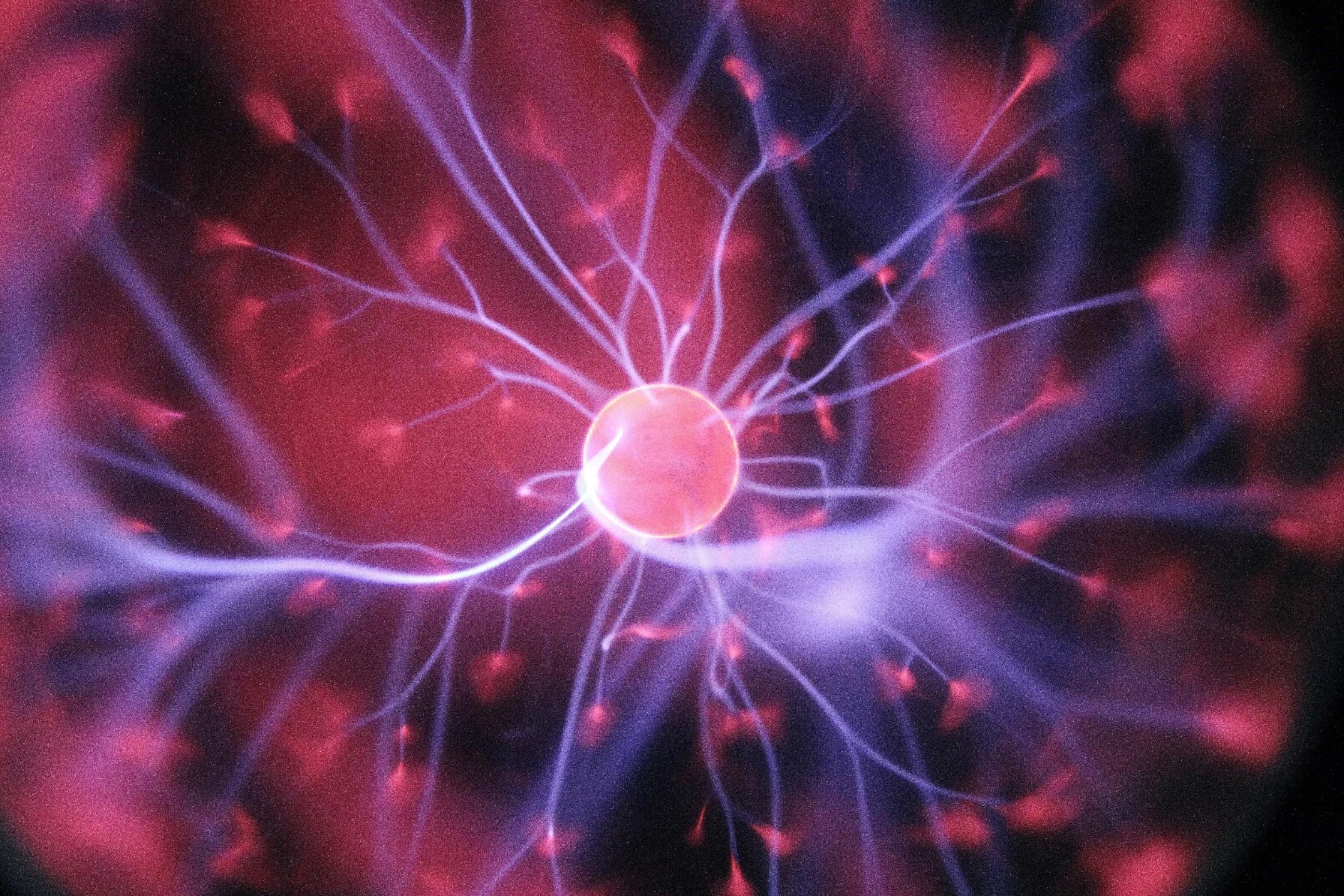There's a war going on and nobody can afford a place to live. Food is getting more expensive and wallets aren't getting any fatter. Just this week, the science community agreed that the Atlantic Meridional Overturning Circulation (AMOC) system is close to collapsing. And we're supposed to be excited about billionaires' space exploits?
Billionaires aside, we should be happy about space exploration. The technology we enjoy today wouldn't be so commonplace were it not for space exploration. Our smartphones are a product of space technology and so are global positioning satellites - GPS. Would you try to go somewhere you've never been without GPS guidance?
Sir Time Berners-Lee built our internet by cribbing from the Advanced Research Projects Agency (ARPA) computer communications network, ARPANET. The list of conveniences we have courtesy of space technology development is long. It features everything from wireless devices to artificial limbs, even baby formula.
But space exploration has entered a new phase since its early days. In 1957, western countries needed to counter threats from the Soviet Union. The drive for defence was far more urgent, especially as the nuclear threat grew. This article talks about the New Space Race, where we find:
- collaboration and competition of a different sort
- technological advancements that push the boundaries of physics
- private space companies taking the lead
- the possibility of space tourism
That last recalls a tragic end to a recent exploration venture in another inhospitable world. In June 2023, headlines blared the Titan submersible's fate. In a minute-by-minute accounting of horror, they related the Titan passengers' last second of air.
Public money funded the private venture's rescue and recovery operations, which cost millions of dollars. This provoked a debate about spending taxpayer money to rescue the wealthy from their extreme adventuring mishaps. The same debate clouds discussions of wealthy space entrepreneurs. This article presents discussion points for both sides of the issue.

The New International Space Race
The first Space Race 'ran' at a time when the world was more obviously divided than it is now. There was a clear distinction between East and West, separated by the Iron Curtain. This ideological boundary did not affect the science community or nations' desire to collaborate.
The International Geophysical Year (IGY) was a global scientific discovery initiative. The project began in July 1957 and ran until December 1958. IGY proposed to advance knowledge in cosmic rays and solar flares, as well as a further nine Earth sciences. The initiative was well-timed; the studies would coincide with Solar Cycle 19.
While the IGY was still in the planning stages, the United States (US) announced they would launch a probe into space. US scientists were caught on the back foot when the Soviet Union invited the world to listen to Sputnik I in orbit. Suspicion flared immediately.
US authorities believed that the Russians had launched a spying device, or perhaps something of a military nature. American engineers and scientists raced to outpace the Russians in space. Often, their efforts fell short but they declared the Space Race won when they planted the American flag on the moon's surface.
Today's Space Race invokes none of the Race of old. It's a competition of economic dimensions, of capitalising on space-for-space market shares. In this respect, private space companies serve a vital function.
While public monies and institutions address the 'science and discovery' side of space, corporations explore its economic possibilities. Government agencies like the National Aeronautics and Space Agency (NASA) and the European Space Agency (ESA) spend public funds on research and development.
In our country, Space Gateway (Harwell) spearheads commercial space ventures. In China, Interstellar Glory or i-Space explores the use of solid-propellant rocket engines to launch small satellites. The European Union is establishing public-private partnerships to advance their space exploration interests.
But American names are the most familiar. Blue Origin, SpaceX and Virgin Galactic are the Big Three brands. Two of them developed their space programs far enough to carry passengers into Low Earth Orbit (LEO). The third is making brisk work of satellite launches.

Modern Technologies Fuelling Space Exploration
Private investment in space exploration breaks government space agencies' limitations. Governments can only have so many scientists and engineers on their payrolls. They can only pay for so many research facilities and so much equipment. As technology advances, nations must have more resources to explore their capabilities.
Made in Space, Inc. illustrates that point. Three-dimensional (3D) printing has been around since the 1980s. But only in 2019 did the technological development advance to the point that 3D printing could be more than a curiosity. With more accuracy and efficiency, 3D printing costs also went down.
Engineers at Made in Space, Inc. adapted a 3D printer to operate in a zero-gravity environment. They worked with NASA to trial their technology, proving their machine's capabilities by 3D-printing a spanner in a zero-gravity chamber. The feat was revolutionary.
Right now, humans don't have much infrastructure in space. Only the International Space Station (ISS) and a few million satellites which typically don't get repaired. But when humans build other space outposts, maybe rocket fuelling stations and colonies...
Imagine how efficient it would be to 3D-print needed tools and parts. Instead of various spacecraft ferrying construction materials to space, they would only need to transport printing powder and other supplies. As long as the printer can access a design database, whatever space-dwellers need, they could print.
Technological advances in spacecraft also open doors to new worlds of possibilities. Above, you read that satellites typically don't get repaired. They're allowed to drift in orbit as space junk. Orbital debris is now at dangerous levels, on par with pollution choking our oceans.
Reusable spacecraft could retrieve defunct orbiting devices to repair them or recycle the materials. Such a craft might have a robotic arm to make repairs in space. That's how NASA repaired the Hubble Space Telescope in the early 90s. We have the technology; why not explore how else we could use it?

Private v Public Space Exploration
As mentioned above, private-sector space exploration is geared toward commercial ventures. Space tourism is the enterprise's most visible. So far, wealthy people who don't mind parting with large wads of cash to spend a few gravity-free minutes in LEO is the extent of space tourism.
Let's put that into perspective. The Space Race began in 1957 and the ISS went into service in 1998. In the meantime, the Soviet Union had Salyut and Mir. Those Russian space stations orbited the Earth from 1971 to 1986.
By contrast, Jeff Bezos founded Blue Origin in 2000. Elon Musk declared SpaceX open for business in 2002 and Richard Branson premiered Virgin Galactic in 2004. It took less than two decades for Branson's and Bezos' rockets to send tourists into space. SpaceX started launching satellites almost immediately.
Private-sector space exploration isn't constrained the way public-sector initiatives are. The public demands accountability and insists that public monies be wisely spent. Private-sector space entrepreneurs only owe their shareholders a return on their investments. Sometimes, a promise is a good enough return.
Future returns on private-sector space exploration are promising. Public space exploration is as it's always been: a generator for hopes and aspirations. A factory of possibilities and a steward for life among the stars.

Commercial Space Exploration
It's impossible to explore all the wonders of Earth in one lifetime. We're not just talking about the Seven Wonders - antique or modern. Earth still has areas where no human has gone: the Mariana Trench, for instance. But then, recalling the Titan's fate, perhaps that's for the best.
Travelling provokes an odd phenomenon. In so many ways, a voyage anywhere on Earth is exciting; new experiences (should) lead to new knowledge and personal growth. The flipside of travelling is banal.
No matter your destination, you must pack, ensure you have the proper documents and get yourself there. Once there, you will seek lodging and food and connections. Your return reacquaints you with all that you temporarily left behind.
Ennui describes that feeling. Ennui is the lack of anything new or stimulating. It's a sense of general dissatisfaction, both with the status quo and with the absence of anything other than what came before.
Travelling is less a journey than a mindset. People who get to holiday just once each year make the most of it. It's a welcome break from the pressures of earning one's living in an ever-more-competitive environment. It's being away from 'normal' and experiencing 'new'.
Planes, trains and ships have been around all of our lives; there's nothing new about them. Earthly destinations promise the same life mechanics we practise at home even if the sights, smells and tastes are new.
Travelling in space promises a new dimension that commercial spacecraft can ferry us to. For now, only the richest can afford a few minutes aboard a rocket. But commercial space travel development means we might soon get our chance. And our space activities will likely be longer than a few minutes in orbit.

























